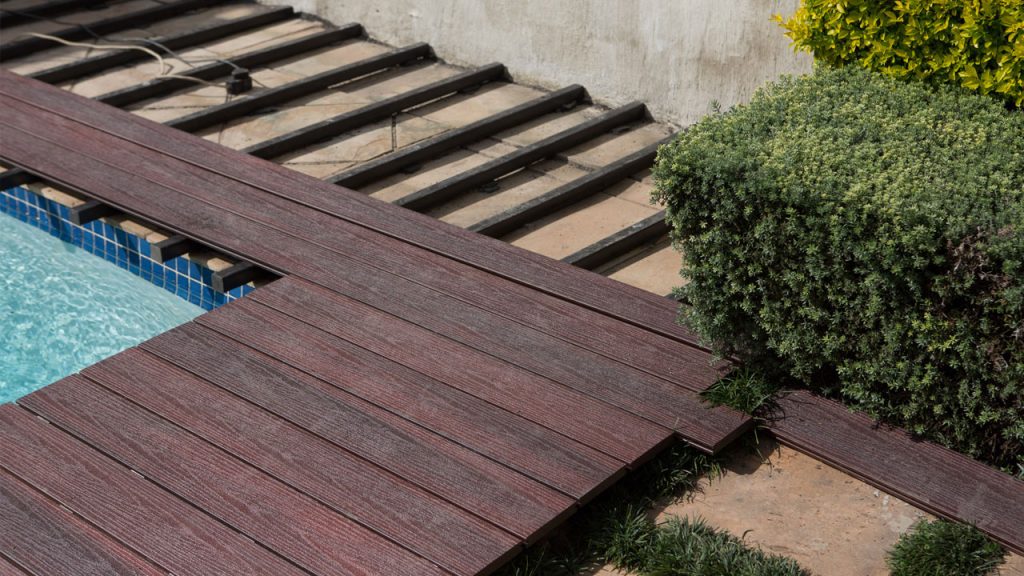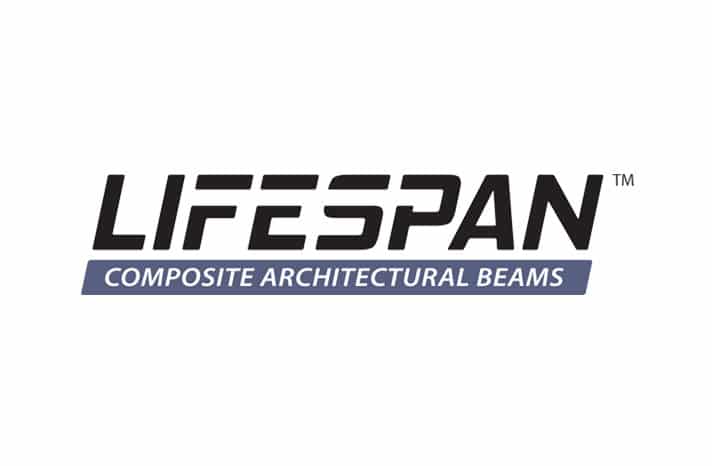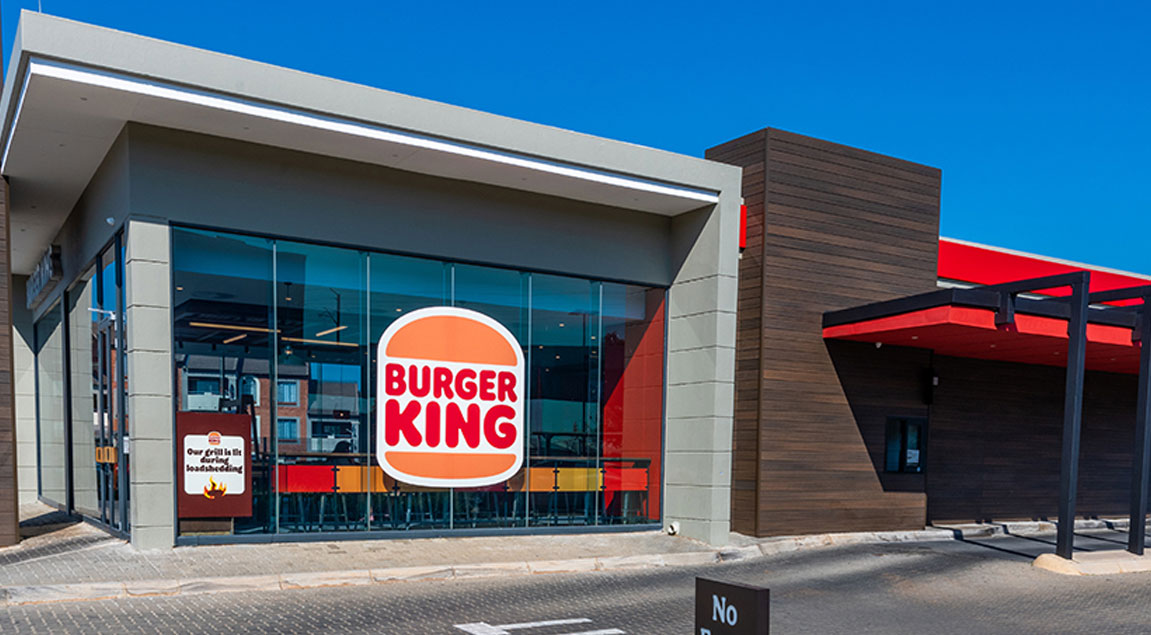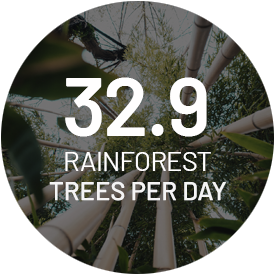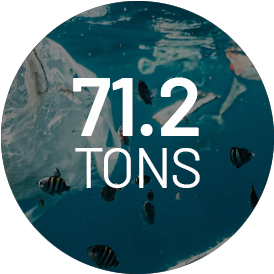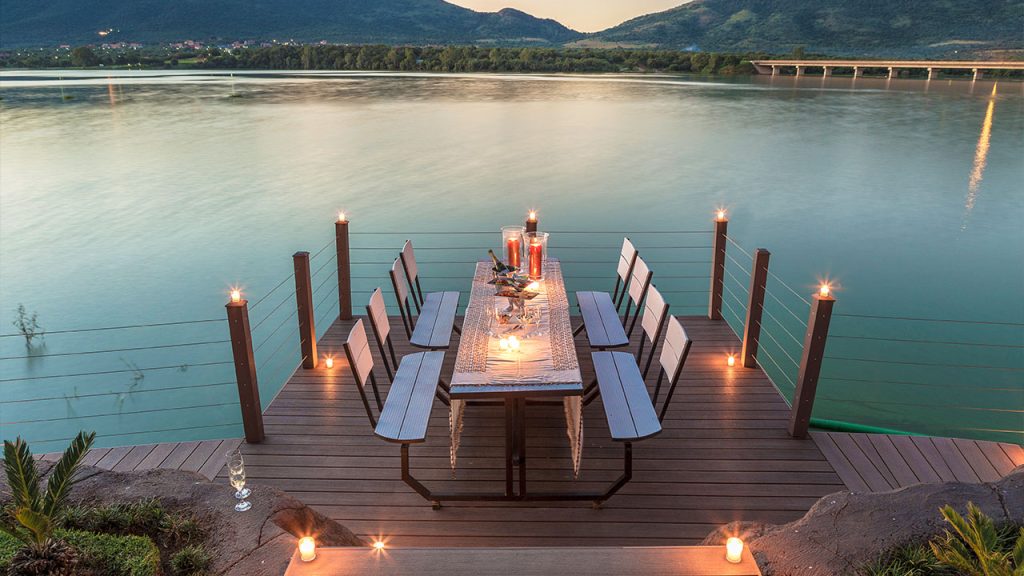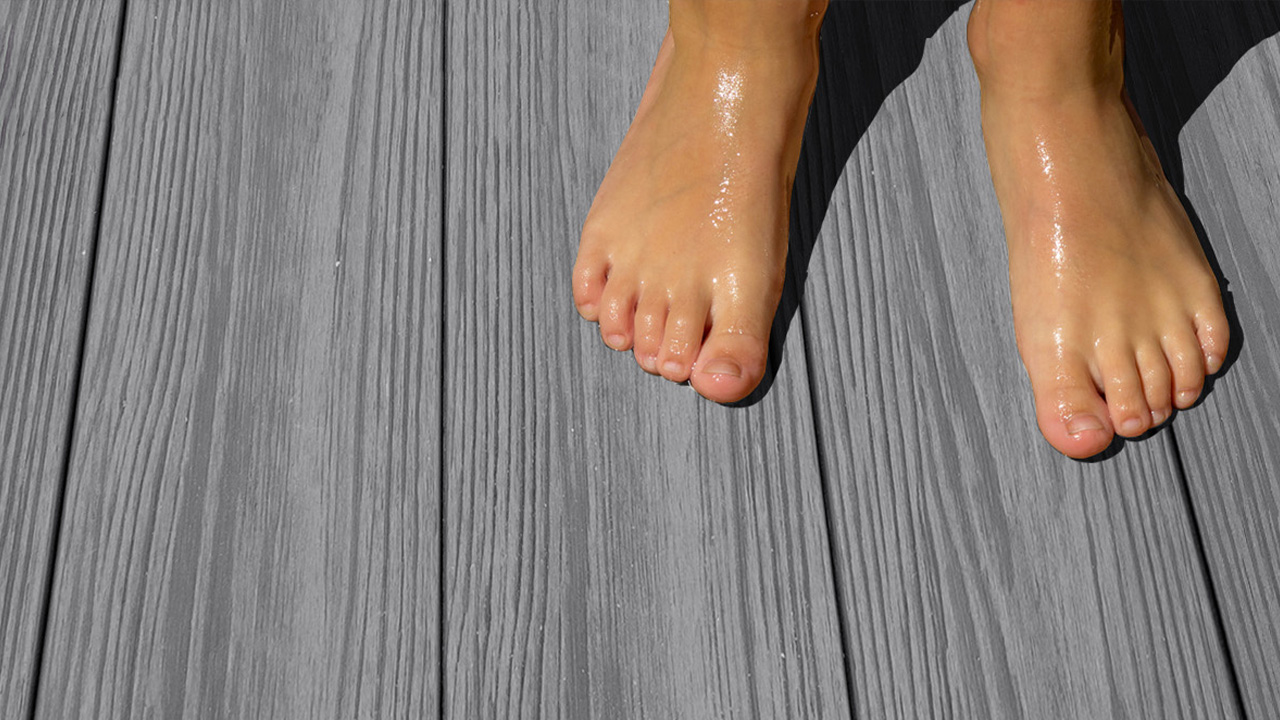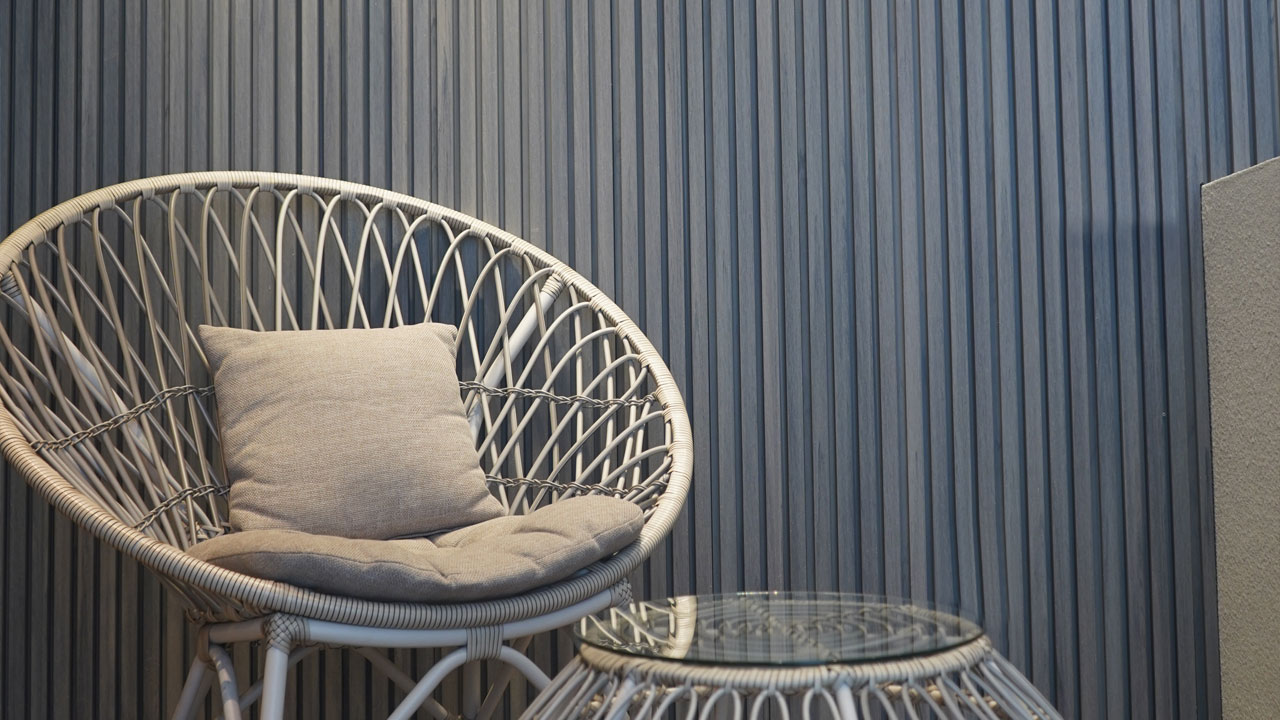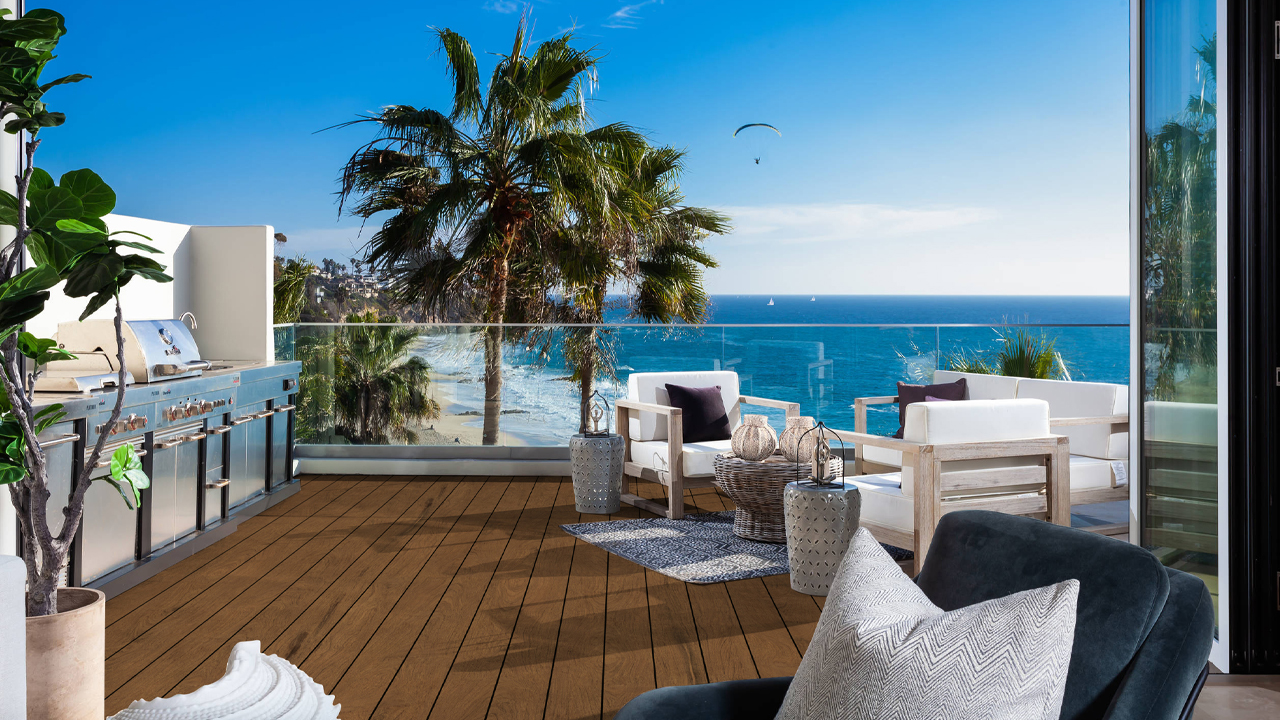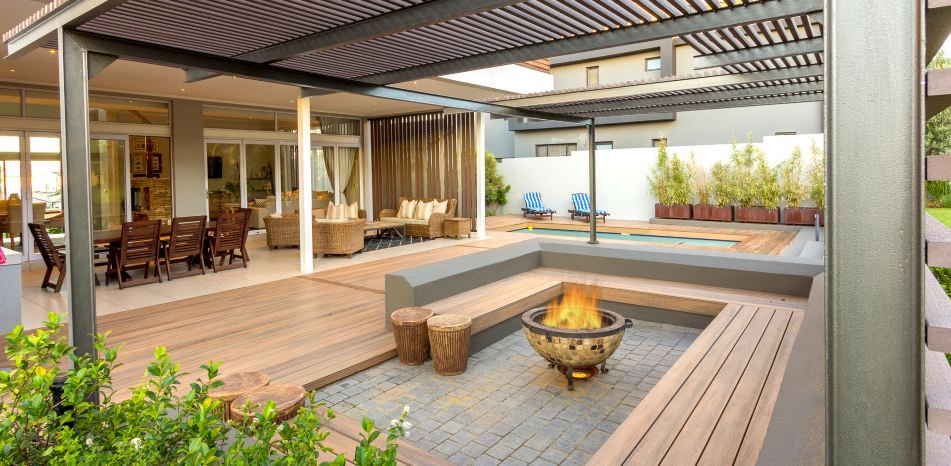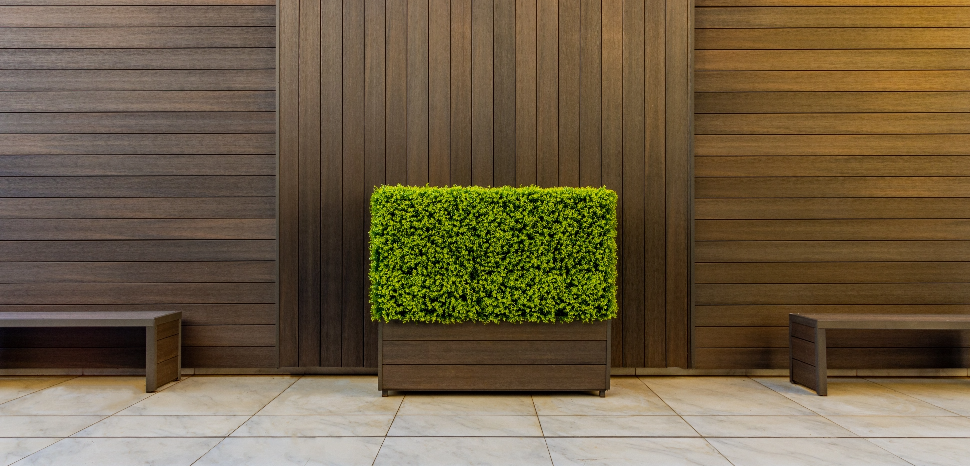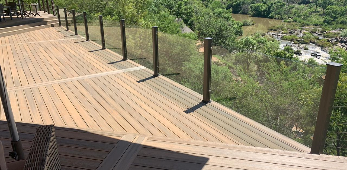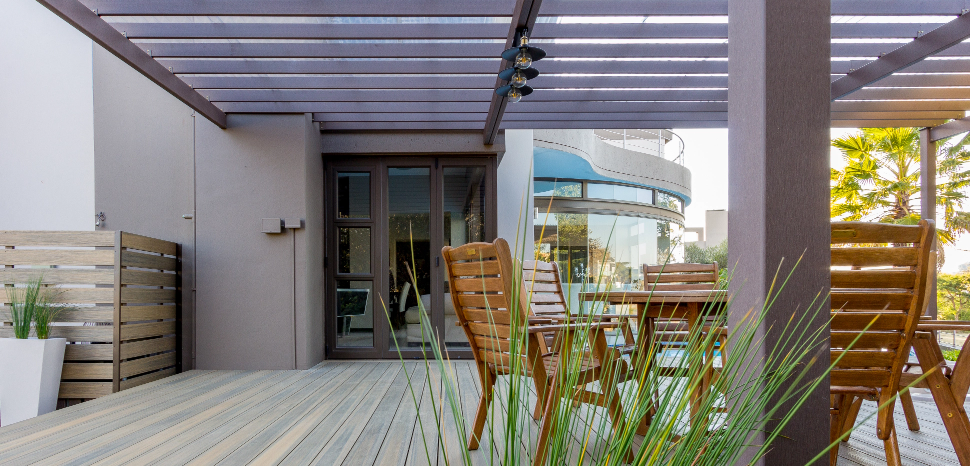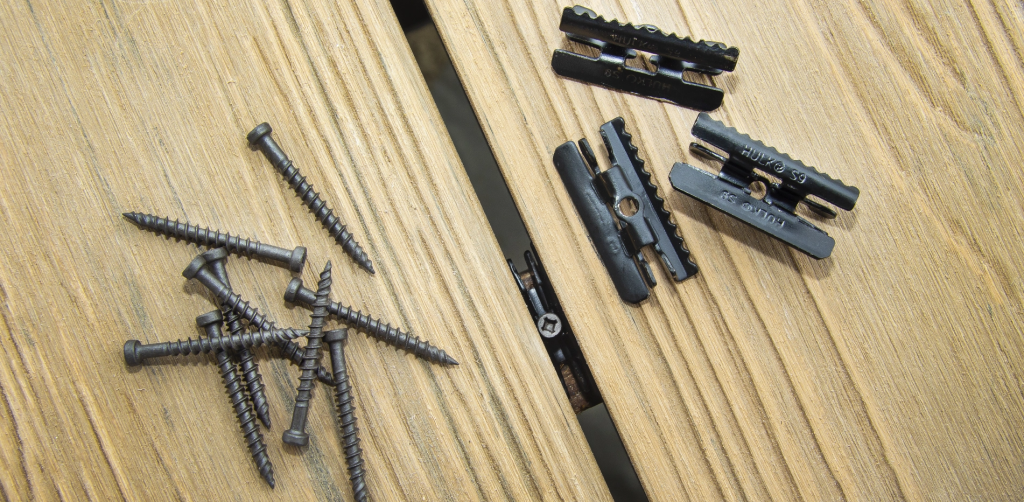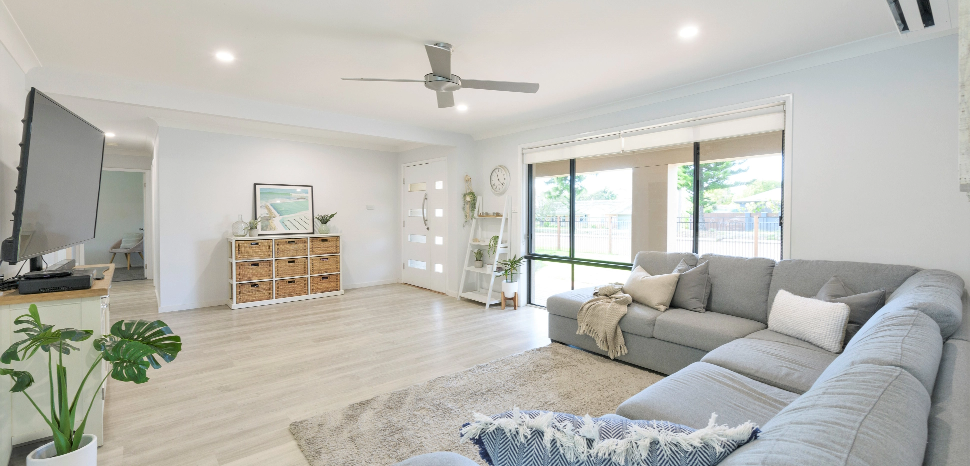How To Build An Eva-Lasting Deck
Build a deck with Eva-Last bamboo composite decking, and get it right first time, every time.
As experts in bamboo composite building materials, Eva-Last take the hassle and headache out of building and maintaining a beautiful and durable deck.
As experts in bamboo composite building materials, Eva-Last take the hassle and headache out of building and maintaining a beautiful and durable deck.
With step-by-step installation guides and YouTube videos showing the installation steps for their bamboo composite decking and fasteners, you’ll be well-equipped to take on an installation project yourself, or even just monitor your contractors installation.
The company’s comprehensive range of board profiles and accessories are easy to install and maintain without the need for constant upkeep.
To confidently construct a deck that lasts, follow these five easy steps advised by Eva-Last:
The company’s comprehensive range of board profiles and accessories are easy to install and maintain without the need for constant upkeep.
To confidently construct a deck that lasts, follow these five easy steps advised by Eva-Last:
Step 1: Match the deck to the spec
Ensure your selected decking material works for the specifications of the site and that your project meets local building codes and regulations.
Important factors to consider before selecting a specific range or material include:
- • environmental conditions such as seasonal temperature fluctuations and prevailing weather conditions (sunny or shady, wet or dry, fire hazards),
- • footfall or traffic for load specifications (maximum spans specified by range),
- • safety features including slip resistance, • maintenance requirements,
- • durability qualities like stain, fade and biodegradation resistance,
- • warranty on offer or required.
Eva-Last’s wide selection of bamboo composite decking ranges, including Pioneer, Apex, Infinity and Eva-Tech – are engineered to be an effective alternative to timber, recreating the tones and textures of natural timber but with advanced capabilities and functionality, all while being a more environmentally friendly option, backed by up to a 30-year warranty.
Available in a variety of colours that won’t discolour or fade when exposed to the elements including UV rays, Eva-Last’s range of composite decking survives extreme temperatures and seasonal variations. As with most materials, lighter colours are better suited to hotter climates. Darker shades tend to absorb more heat making it more uncomfortable underfoot.
Incorrect installation, including a miscalculation of the necessary expansion and contraction gaps between boards or where breaker boards need to be installed will affect the appearance and longevity of your deck, as well as its warranty.
Step 2: Erect a quality sub-structure
In addition to preparing the surface below the deck, ensure the sub-structure provides a stable, reinforced frame (either steel or wood) on which to mount the deck. If necessary, seek professional advice or assistance for the best outcome. Here are some additional considerations to erect a good sub-structure:
- • Check the technical specifications and supporting documentation to ensure the desired product meets the different load-bearing capacities and spans demanded by building by-laws for your specific site, and meets the decking manufacturers recommendations.
- • Ensure the frame has proper spacing between the struts for your particular product.
- • Support all boards along cut edges.
- • Use double joists at all butt joins to ensure both board edges are supported.
- • Use noggins between joists where breaker boards are used. Ensure the spans between noggins are not greater than the maximum centre-to-centre span specified for your particular range.
Eva-Last do well to support the proper installation of each of their composite decking products by specifying these details in the installation guidelines available on their website, www.eva-last.com.
Step 3: Calculate the expansion and contraction gaps
Environmental conditions and changing temperatures cause bamboo composites to expand and contract, similar to most natural materials.
To ensure you leave enough space for the expansion, but not too much during contraction, you need to calculate the change in length of the board during both events.
To calculate expansion/contraction, you can refer to the calculations set out in the installation guide.
As a rule, the greater the fluctuation in temperature, the greater the change in board length.
Where the expected temperature variation is very high, consider a light-coloured deck to minimise expansion and contraction. Shorter board lengths will also help minimise the gaps, as will the use of breaker boards.
Step 4: Work from the outside in
To install a deck:
- • Begin from the outside edge of the deck working towards the building.
- • Add extra blocking to the sides of your frame if you are “picture framing” your deck for extra support on the edges.
- • Using a square-edged profile board as the first starter board, measure the recommended distance from the edge of the board with a set square or fascia board to allow sufficient overhang for fastening. This overhang should not exceed 25mm.
- • If picture framing the deck, cut the first board at 45 degrees on one end for the join, again allowing for sufficient overhang up to 25mm. Face-fasten the square edged board twice with colour-matched Hulk fasteners on each joist at least 30mm from the edge. Screws should be fixed perpendicular to the board and flush with the surface. Refer to the installation guide for different specification on each range of bamboo composite decking on www.eva-last.com.
- • To begin on the second row inside your frame: Ensure you’ve allowed proper spacing for the expansion gap between the boards before you fasten the first row of fasteners along the second plank. Then switch to the hidden Hulk or Chain fasteners on the opposite side.
- • The Hulk or Chain fasteners fit easily into the grooves of the board. Secure the hidden Hulk or Chain fasteners, providing a firm grip. Simply slide the next board into the edge of the clip for a fastener free look with perfect gaps.
- • Repeat until the last board closest to the building which may need ripping to size.
- • When you get close to the building, measure the distance from the last deck board to the edge of the building. The last board should not be ripped to less than 60mm wide with at least one fast fastener on every joist along the edge, closest to the building.
Step 5: Add the finishing touches
Finish off your deck by installing fascia boards around the perimeter by screwing them directly to the frame beneath the deck.
With the right product and partner, you can rest easy knowing that you’re backed by industry leading warranties and installation guidelines that can be as easy as 1-2-3.
- • Cut fascia between 35 and 45 degrees for continuous joints, and for corner fascia, cut 45 degrees.
- • Drive two screws every 300mm along the fascia and no more than 38mm from the start and finish of the edges.
With the right product and partner, you can rest easy knowing that you’re backed by industry leading warranties and installation guidelines that can be as easy as 1-2-3.
